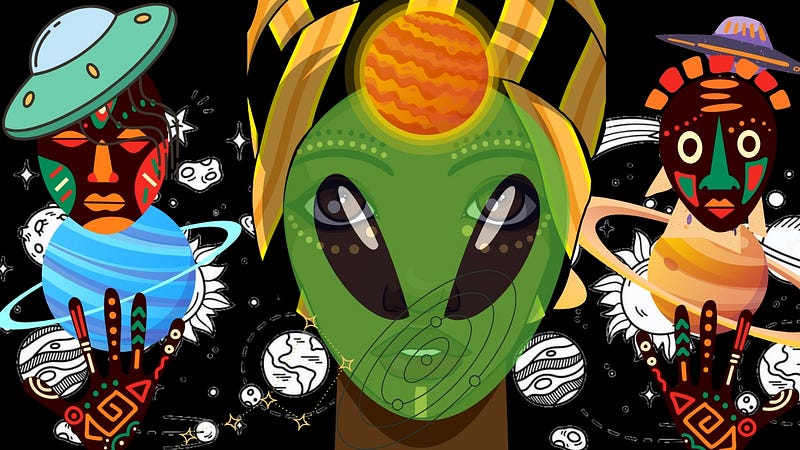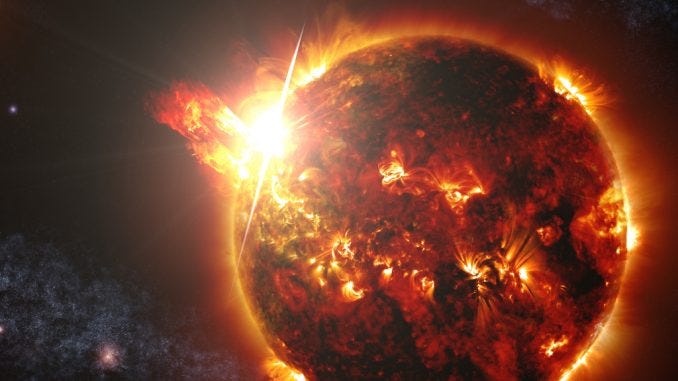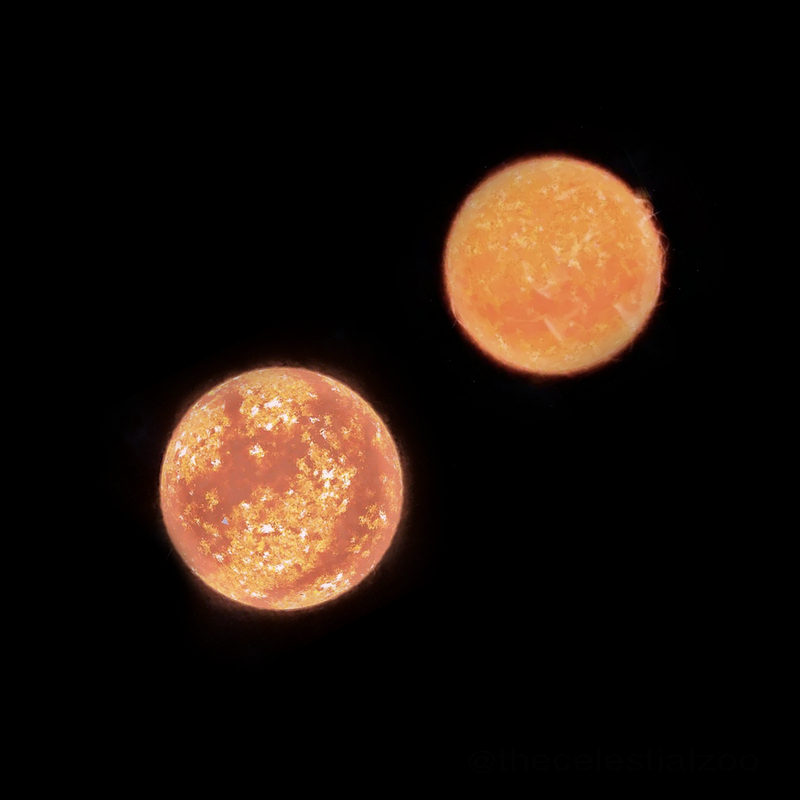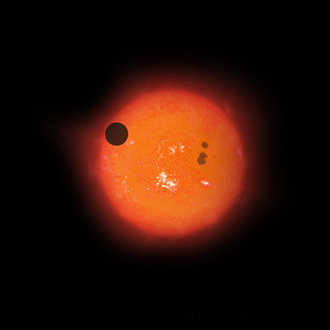Ancient Africans' Fascinating Claims about Aliens and Stars
Written on
Chapter 1: The Cosmic Neighbors
In the vast cosmos, there are numerous stars located near our Sun, with Proxima Centauri being the most recognized among them. Positioned at a distance of 4.5 light years, Proxima Centauri is often referred to as our closest cosmic companion. However, it is far from being the sole star in proximity to the Sun.
Within a radius of 2 million light years, there are 94 star systems and 131 stars in total. Notably, only 22 of these stars are bright enough to be observed without a telescope. This collection includes 80 stars, comprising 21 Red Dwarfs, 6 Brown Dwarfs, and a number of regular stars comparable to our Sun.

Section 1.1: Ross-154
Ross-154 is situated in the constellation Sagittarius, approximately 9.69 light years from Earth. This star is only a quarter of the size of our Sun and possesses a mass that is merely 17% of the Sun's. As a variable star, its brightness continuously fluctuates, rendering it invisible to the naked eye from Earth without the aid of a telescope.
Scientists consider Ross-154 to be relatively young, having formed around 1 billion years ago. Its trajectory is intriguing, as it is gradually moving closer to our Sun, projected to be just 6.39 light years away in about 105,700 years.
Subsection 1.1.1: Gliese 65
Gliese 65, also known as Luyten 726–8, is a binary star system discovered in 1948 by American astronomer William Jabcom Layton. Located in the Cetus constellation, it rests 8.7 light years from Earth. The stars in this system are small, each measuring only about 10% of the Sun's size. Their low luminosity makes them difficult to observe from Earth, and currently, no planets have been detected around them.
This system is expected to undergo significant changes over time, with projections indicating that Gliese 65 could be less than 1 light year away from Epsilon Eridani in roughly 31,500 years.

Section 1.2: Canis Majoris
Canis Majoris, located in the constellation of the same name, is another binary star system approximately 8.858 light years from Earth. Alpha Canis Majoris, also called Sirius, is the brightest star visible from our planet, boasting a size 1.7 times that of the Sun and a luminosity 25 times greater. The second star in this system, Sirius B, is significantly smaller but has an equivalent mass to our Sun.
While modern astronomy has yet to uncover any planets within the Canis Majoris system, local legends from the Dogntarib tribe suggest otherwise. They claim the existence of a planet named Nyan, where extraterrestrial beings used to visit and share knowledge. Should this claim hold any truth, it could indicate that these Africans possess unparalleled insights about the cosmos.

Chapter 2: Other Nearby Stars
The first video titled "African Tribe's SHOCKING Origin Story in the Stars" delves into the intriguing narratives of ancient Africans concerning their celestial connections and the alleged visits from extraterrestrial entities.
The second video, "Ancient Aliens: Mankind's Shocking Extraterrestrial Origins," explores the broader implications of humanity's potential connections with alien life forms throughout history.
Section 2.1: Lalande 21185
Lalande 21185, also known as Gliese 411, is a red dwarf star located 8.39 light years away in the Ursa Major constellation. Discovered by French astronomer Jerome Lalande in 1801, this star is approximately 40% the size and mass of our Sun, emitting primarily infrared radiation.
There is speculation regarding the presence of three large planets orbiting this star, but none are considered suitable for future human habitation, with one planet, Gliese 411 B, reaching scorching temperatures of 100 degrees Celsius.

Section 2.2: Wolf 359
Wolf 359, located in the Leo constellation about 7.9 light years from Earth, is often regarded more as a faint object than a true star due to its diminutive size and mass—11% and 14% of the Sun's, respectively. Its low brightness means it can only be observed with advanced telescopes.
Despite its age of 350 million years, Wolf 359 hosts two uninhabitable planets, further emphasizing its lack of potential for supporting life.

Thank you for taking the time to explore this cosmic journey. Stay tuned for more intriguing stories from the universe.